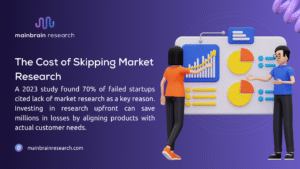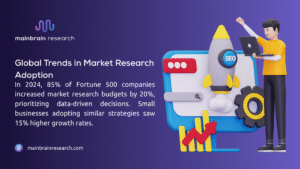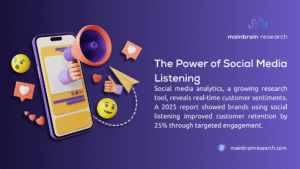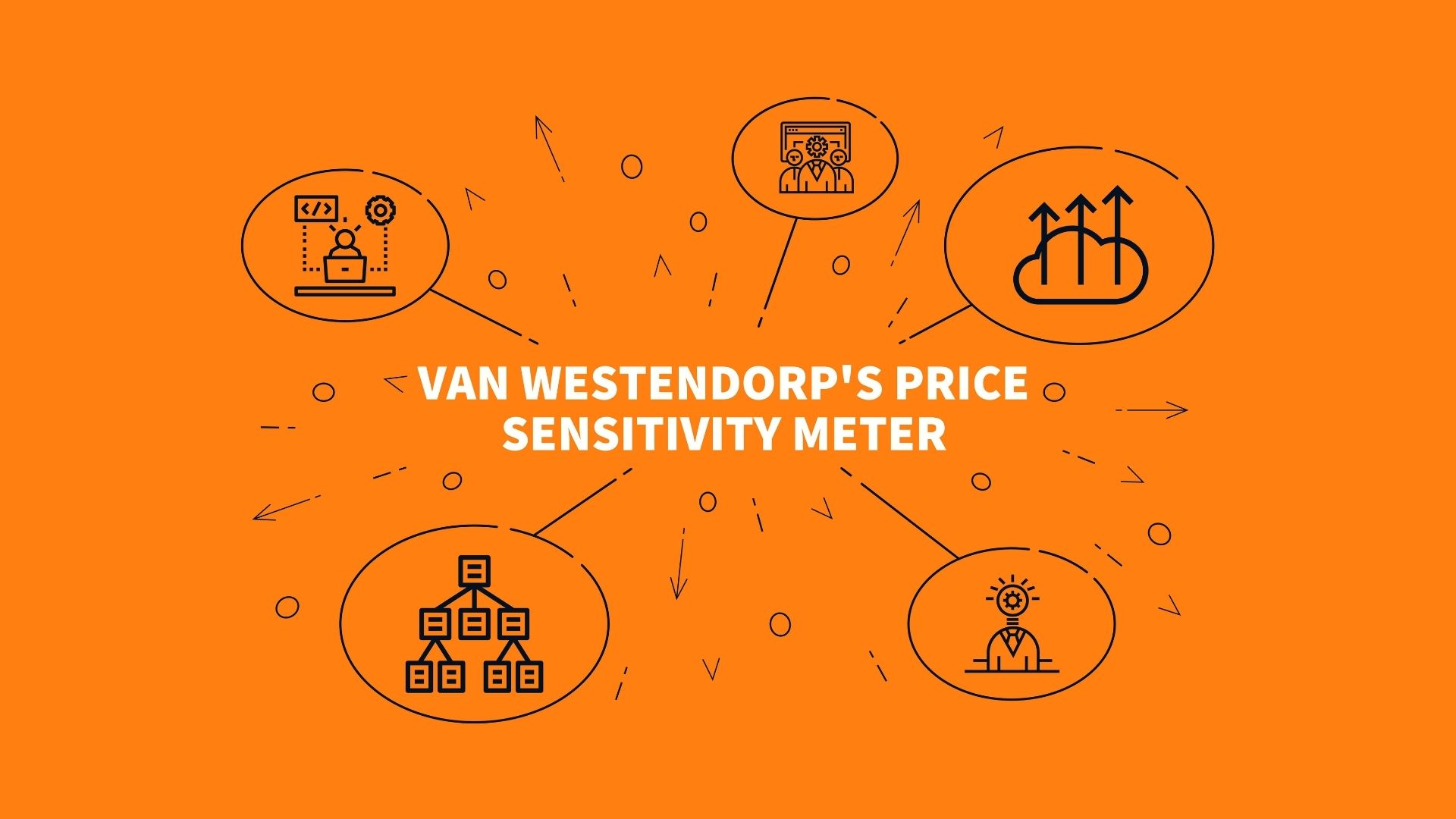Most entrepreneurs think market research is just fancy corporate speak for “asking customers what they want.” That’s not even close to the whole picture. The benefits of market research go way deeper than a simple survey or focus group session.
Businesses fail every single day because someone made a guess instead of getting the facts first. It happens all the time. A restaurant opens in the wrong neighborhood, a tech startup builds features nobody asked for, or a retail store stocks products that sit on shelves collecting dust. These aren’t bad business owners, they’re smart people who skipped the homework phase.
Market research is basically insurance for business decisions. Except instead of protecting against accidents, it protects against expensive mistakes that could have been avoided with a little detective work upfront.
Getting Inside Customer Heads (The Right Way)
Every business owner thinks they know their customers. Most are wrong. Dead wrong. The benefits of market research start with this uncomfortable truth – assumptions kill businesses faster than competition ever could.
Take that local coffee shop that assumed customers wanted more specialty drinks. They spent months perfecting new flavors while customers kept complaining about slow service. A simple survey would have revealed that speed mattered more than variety. Instead, they lost regulars to the chain store down the street that served basic coffee in half the time.
Understanding what market research actually involves means going beyond surface-level observations. It’s about finding out why customers make certain choices, what frustrates them most, and what would make them choose one business over another.
Real customer insights come from asking the right questions the right way. Not “Do you like our product?” but “What problem were you trying to solve when you bought this?” The difference between those two questions is the difference between useless flattery and actionable intelligence.
Cutting Through the Risk Factor
Business is risky enough without making it worse through ignorance. Smart companies use research to stack the odds in their favor.
Risk Reduction Through Market Research
| Business Decision | Typical Failure Rate | With Research |
| New product launches | 80% don’t meet expectations | 45% succeed beyond projections |
| Market expansion | 60% underperform | 75% hit revenue targets |
| Pricing changes | 40% hurt profitability | 65% increase in margins |
| Marketing campaigns | 50% miss the mark | 70% exceed engagement goals |
These numbers come from watching hundreds of businesses make decisions both ways – with research and without it. The pattern is always the same. Companies that do their homework first spend less money, waste less time, and sleep better at night.
Consider the restaurant chain that wanted to expand into breakfast. Instead of guessing what people might want, they spent three months studying breakfast habits in their target markets.
They discovered that customers cared more about speed than menu variety during morning hours. This insight shaped everything from kitchen layout to menu design. Their breakfast launch generated 30% more revenue than projected.
Finding Gold in Market Gaps
Most breakthrough business ideas don’t come from genius moments in the shower. They come from noticing what’s missing in the market. The benefits of market research include spotting these gaps before competitors do.
Airbnb didn’t start because someone had a brilliant idea about peer-to-peer lodging. It started because the founders researched why hotel rooms cost so much and discovered a massive gap between supply and demand in certain markets. They found out that lots of people had extra space and lots of other people needed cheaper places to stay. The research revealed the opportunity – everything else followed from there.
Market gaps show up in different ways. Sometimes it’s about price-quality products at affordable costs. Sometimes it’s about convenience – making complicated things simple. Other times it’s about service – treating customers better than anyone else does.
Different market research methods reveal different types of opportunities. Surveys might show what people say they want. Observation reveals what they actually do. Focus groups uncover emotional triggers that drive decisions. Each method adds another piece to the puzzle.
The key is looking for patterns that others miss. When multiple data sources point toward the same unmet need, that’s where fortunes get made.
Staying Ahead of Competition
Competitive intelligence sounds like spy movie stuff, but it’s really just paying attention to what others in the industry are doing right and wrong. The benefits of market research include learning from competitor mistakes without having to make them first.
Smart businesses study their competition the same way football teams study game film. Not to copy plays, but to find weaknesses and opportunities. Maybe a competitor has great products but terrible customer service. That’s an opening. Or maybe they dominate one market segment while completely ignoring another. That’s an opportunity.
The mistake most businesses make is either ignoring competition completely or obsessing over it. Research provides the middle ground – healthy awareness without paranoia.
Building Products People Want
Product development without market research is expensive guesswork. Companies burn through budgets creating features that sound cool in meetings but solve problems nobody has.
Development Approaches and Their Results
| Method | Average Development Time | Success Rate | Customer Satisfaction |
| Research-driven | 8 months | 78% | 4.2/5 stars |
| Gut instinct | 14 months | 35% | 3.1/5 stars |
| Copy competitors | 6 months | 45% | 2.9/5 stars |
Research-driven development takes longer upfront but gets to market faster overall because there’s less trial and error. Companies know what to build because they asked customers what they needed first.
The best product features solve real problems in ways customers didn’t expect. That only happens when businesses understand both the problem and the customer well enough to connect dots that weren’t obvious before.
Making Money From Research Insights
Research costs money upfront but saves much more on the back end. The benefits of market research show up directly on profit and loss statements.
Learning how to do market research properly means understanding where to spend research dollars for maximum impact. A $10,000 research study that prevents a $100,000 product failure is a 10x return on investment. Those aren’t unusual numbers.
Marketing becomes more efficient when businesses know exactly where their customers spend time and what messages resonate with them. Instead of blasting ads everywhere, hoping something works, companies can focus budgets on channels that actually drive results.
The clothing brand that discovered their customers read specific fashion blogs started sponsoring content on those sites instead of buying expensive magazine ads. Their cost per acquisition dropped by 60% while sales increased 40%. That shift came from research showing where their audience really consumed content.
Planning for Long-Term Success
Short-term thinking kills more businesses than recession or competition. Market research provides the foundation for strategic decisions that pay off over years, not just quarters.
Demographics shift. Technology changes. Customer preferences evolve. Businesses that track these trends early position themselves to benefit from changes instead of getting blindsided by them.
The benefits of market research include spotting trends while they’re still small enough to capitalize on. By the time everyone sees the trend, the opportunity is gone.
Creating Customers Who Stick Around
Customer loyalty is about making people feel understood and valued. Research reveals what customers really care about, not what businesses think they should care about.
Primary market research like interviews and surveys gives businesses direct access to customer thoughts and feelings. This isn’t just about satisfaction scores – it’s about understanding the emotional side of why people choose one business over another.
When customers feel like a business “gets them,” they become advocates instead of just buyers. They recommend the business to friends, leave positive reviews, and stick around even when competitors offer lower prices. That kind of loyalty is worth more than any advertising campaign.
The difference between companies that inspire loyalty and ones that don’t usually comes down to understanding. Loyal customers feel understood. Transactional customers feel like account numbers.
Put Market Research to Work
Understanding the benefits of market research is step one. Actually getting insights that transform business results – that’s where things get interesting.
At Main Brain Research, we help businesses cut through the noise and find the insights that matter. The businesses winning today aren’t the ones with the biggest budgets or the flashiest products. They’re the ones making smarter decisions based on real data about real customers in real markets.



















